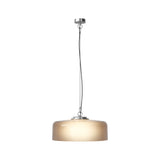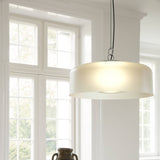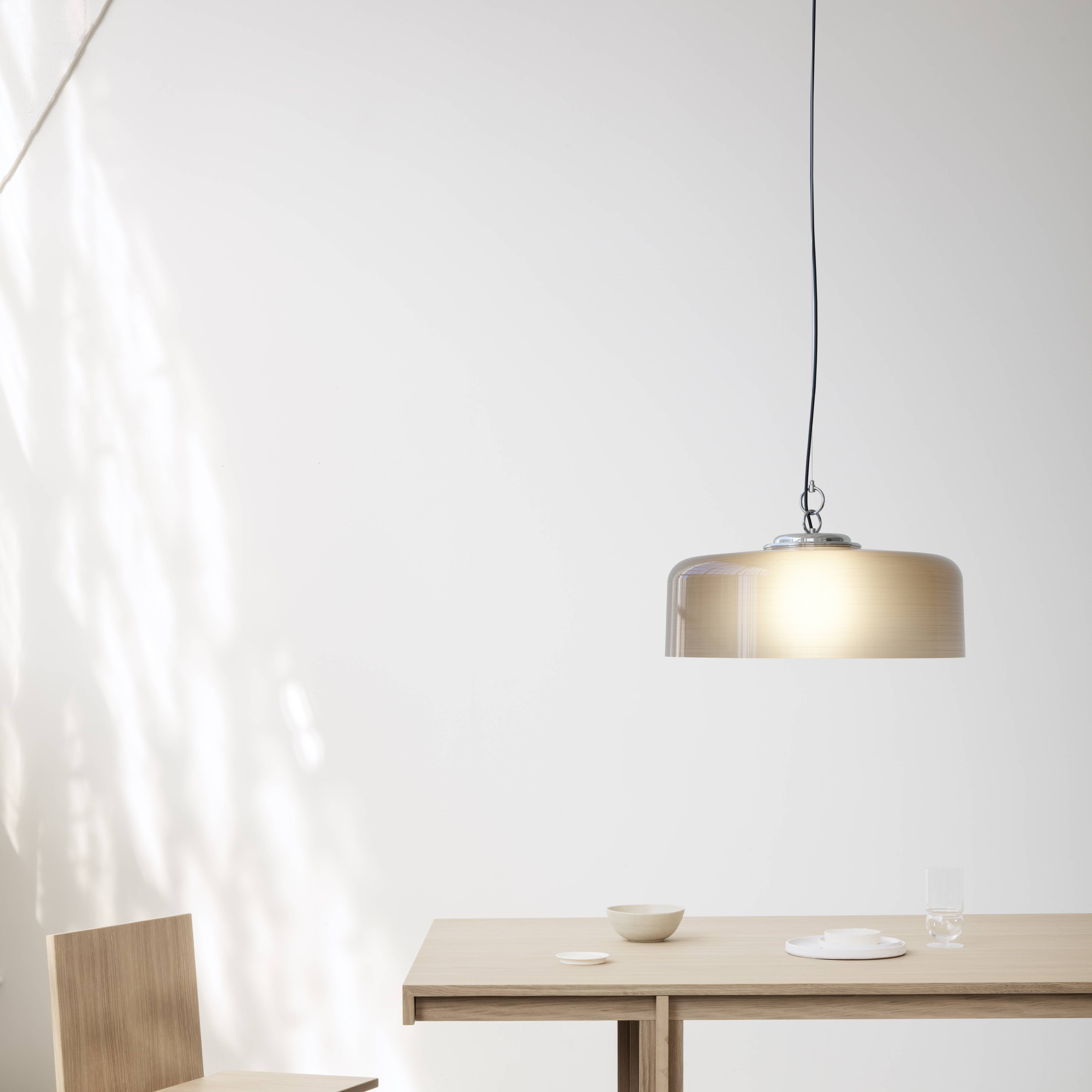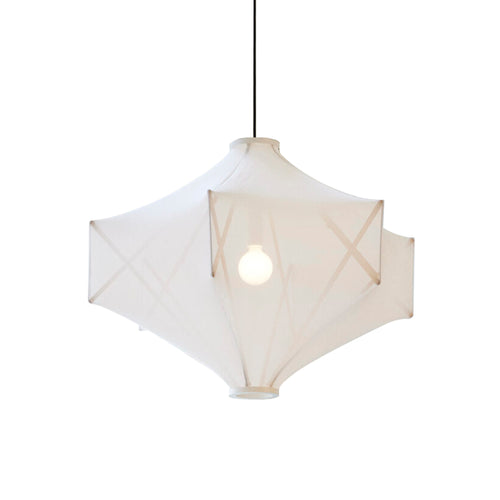
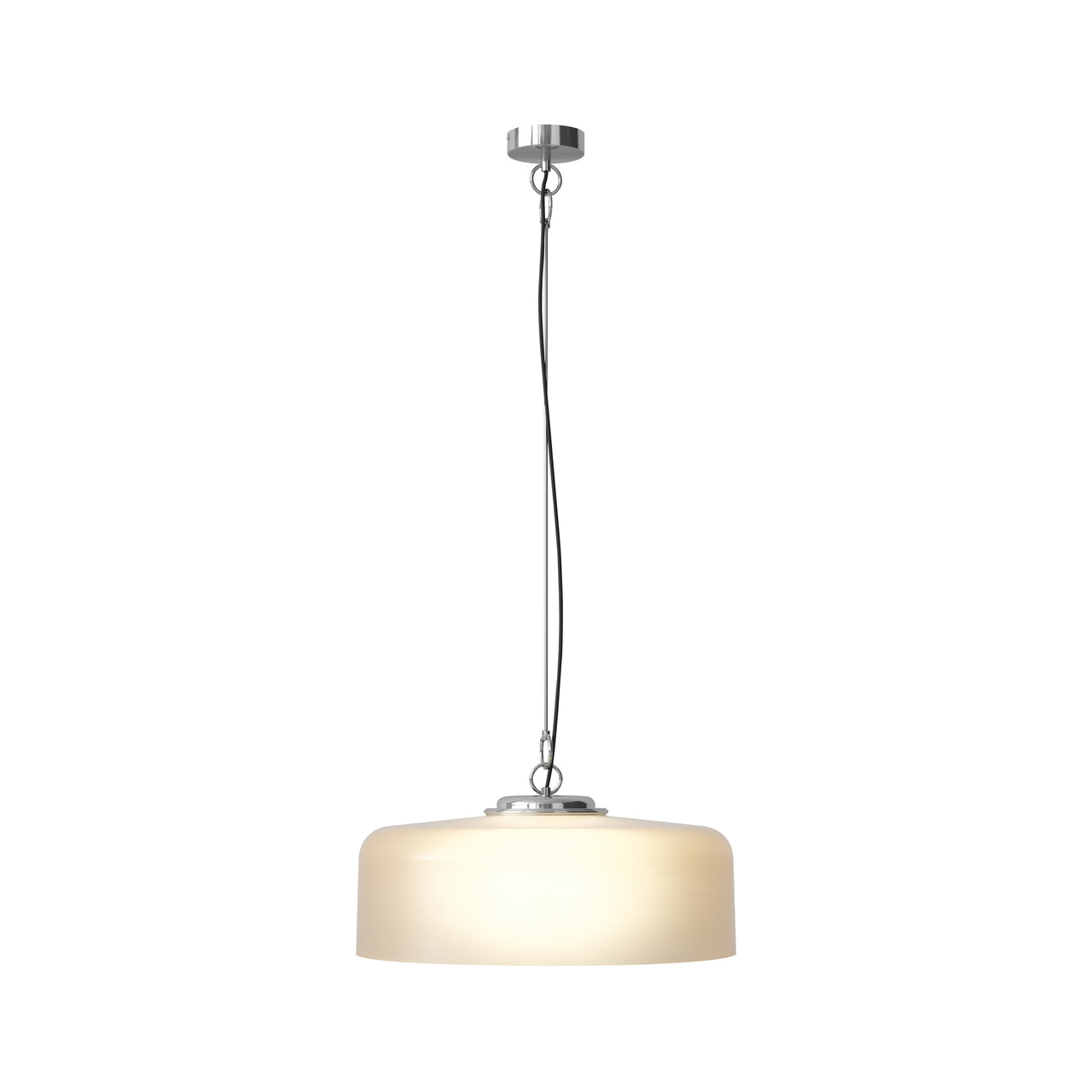
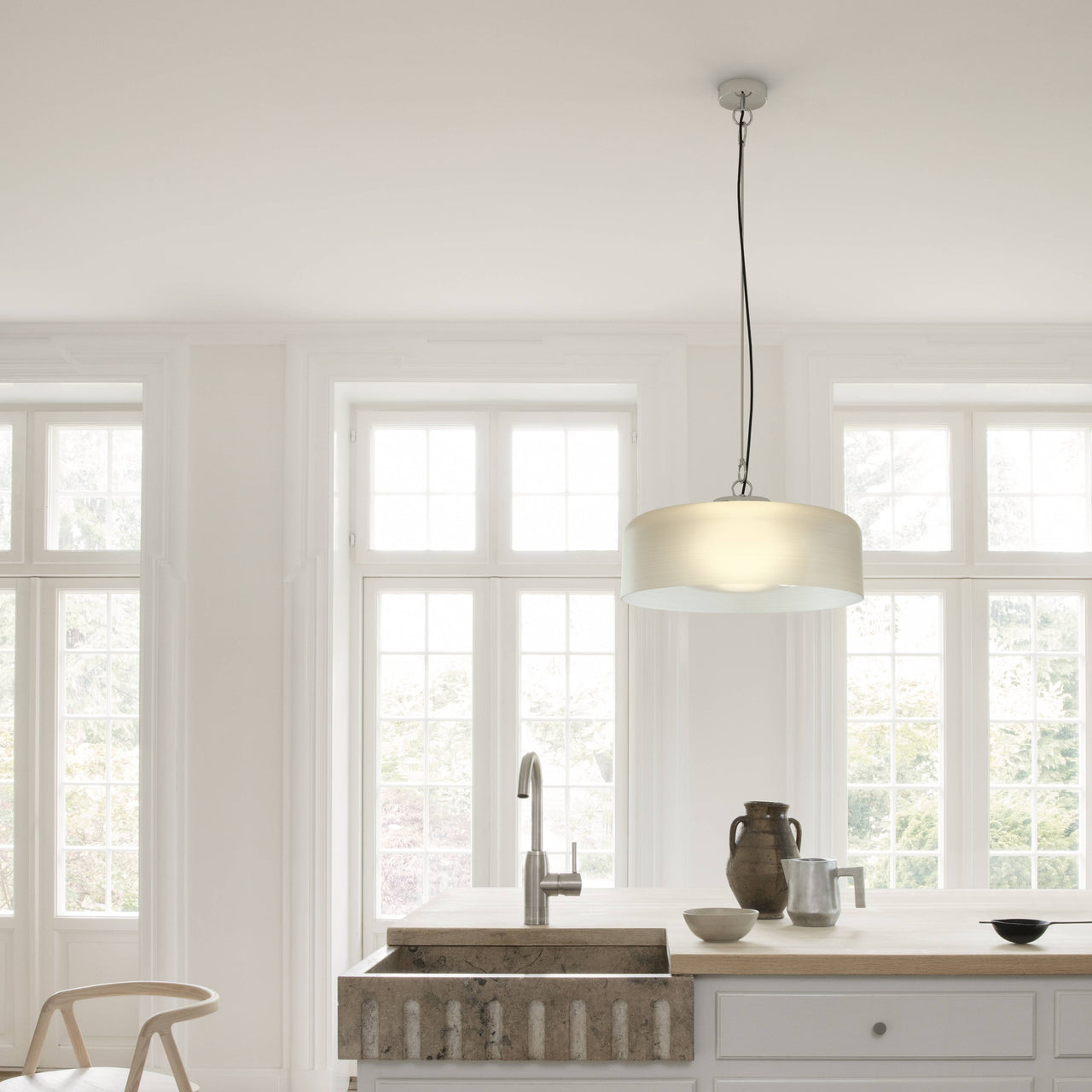
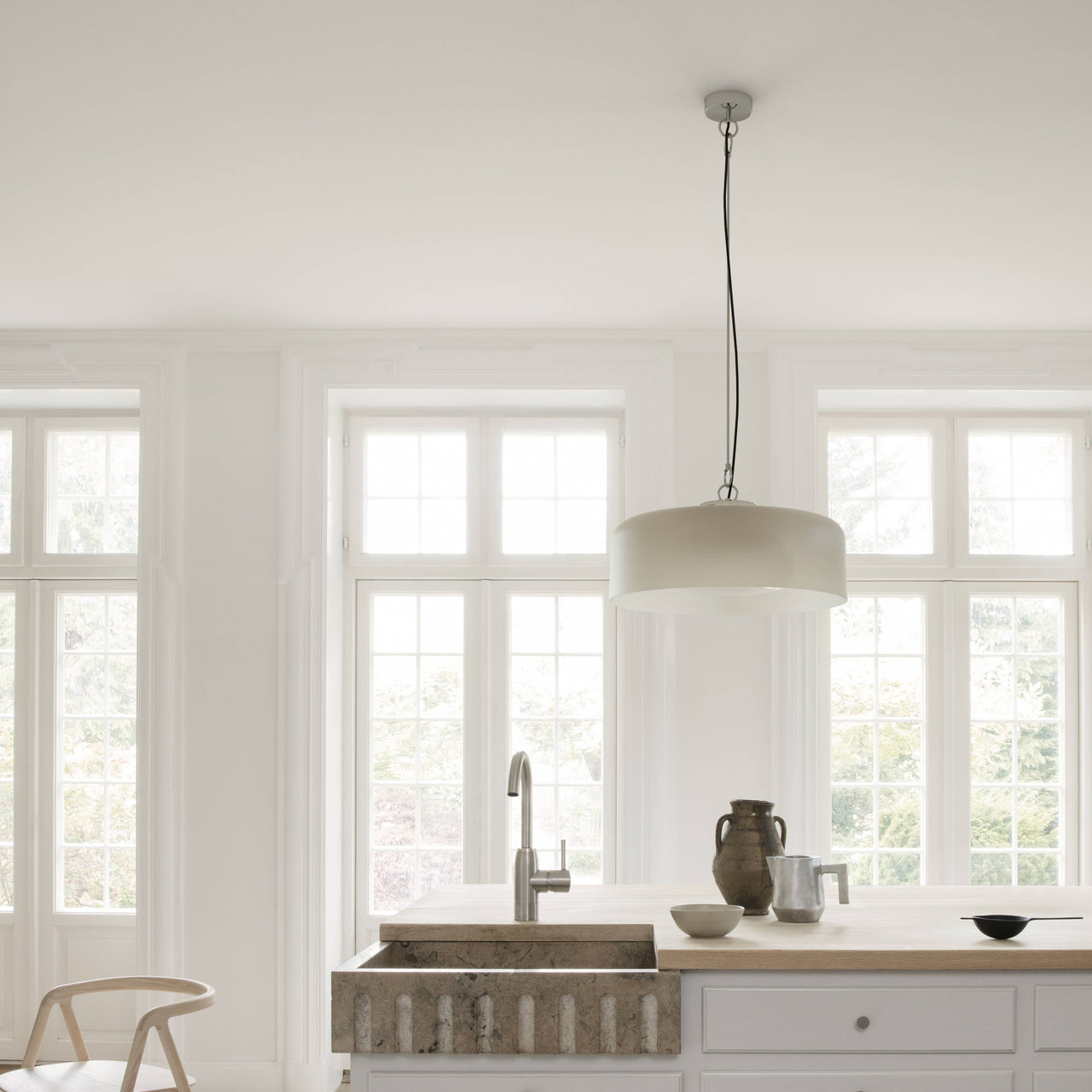
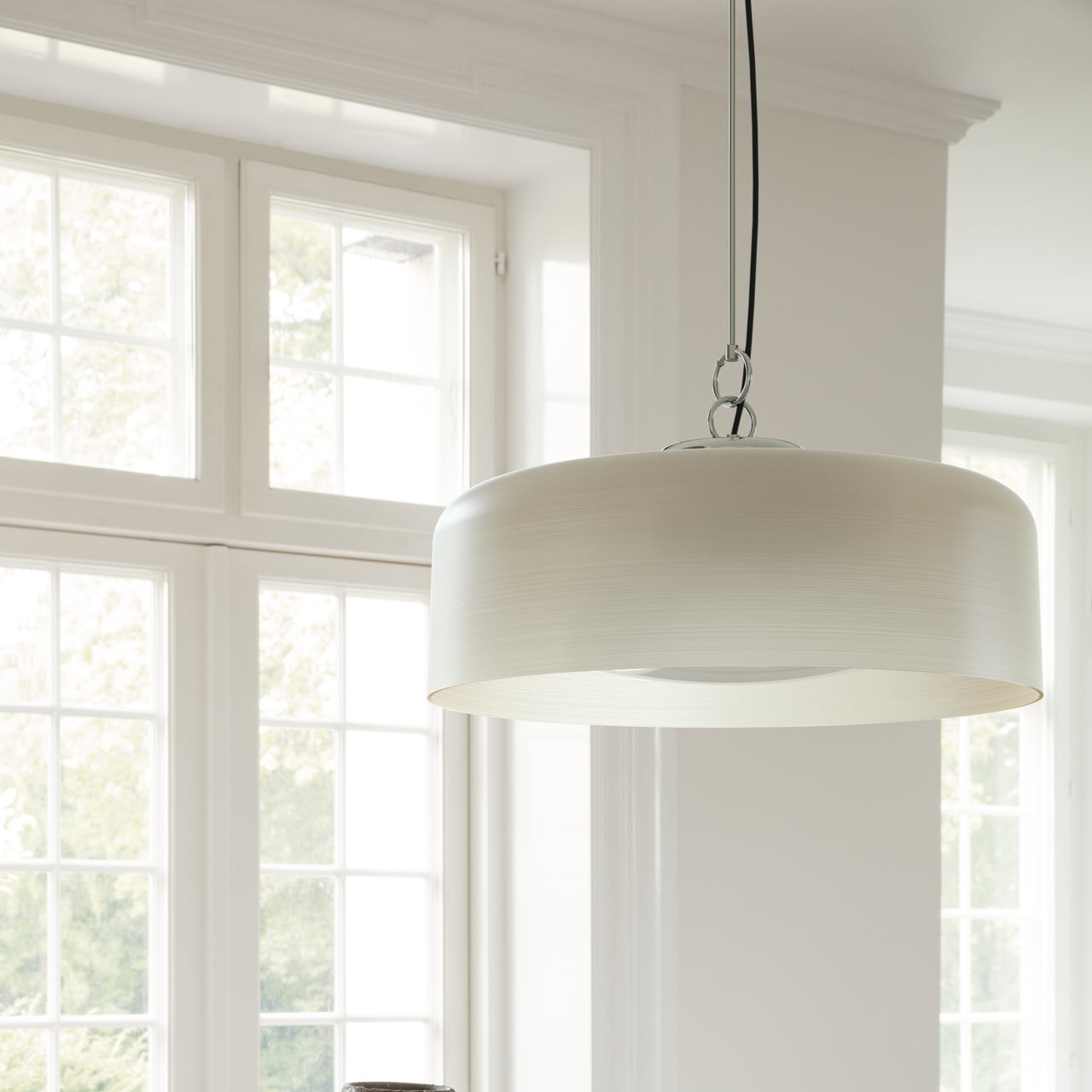
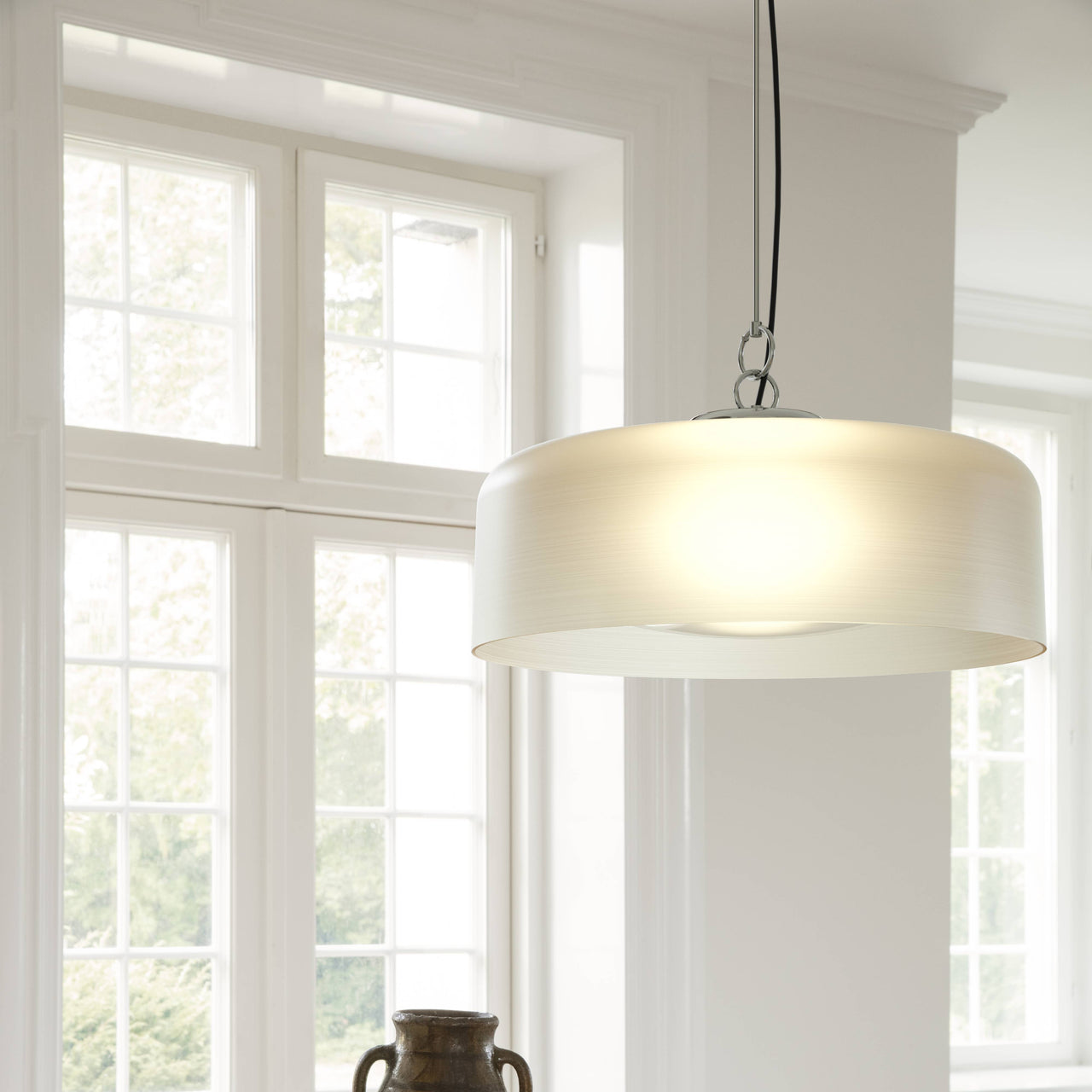
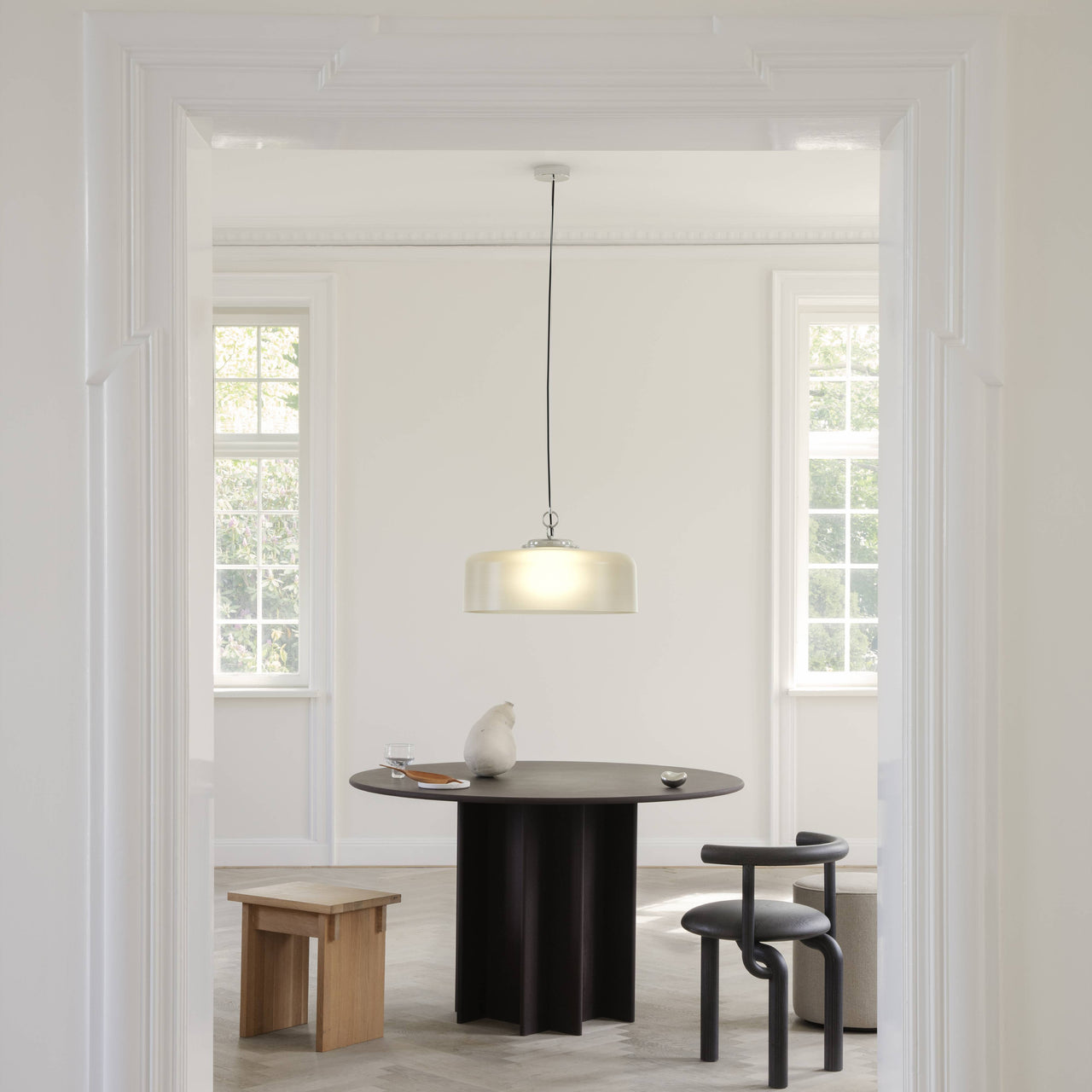
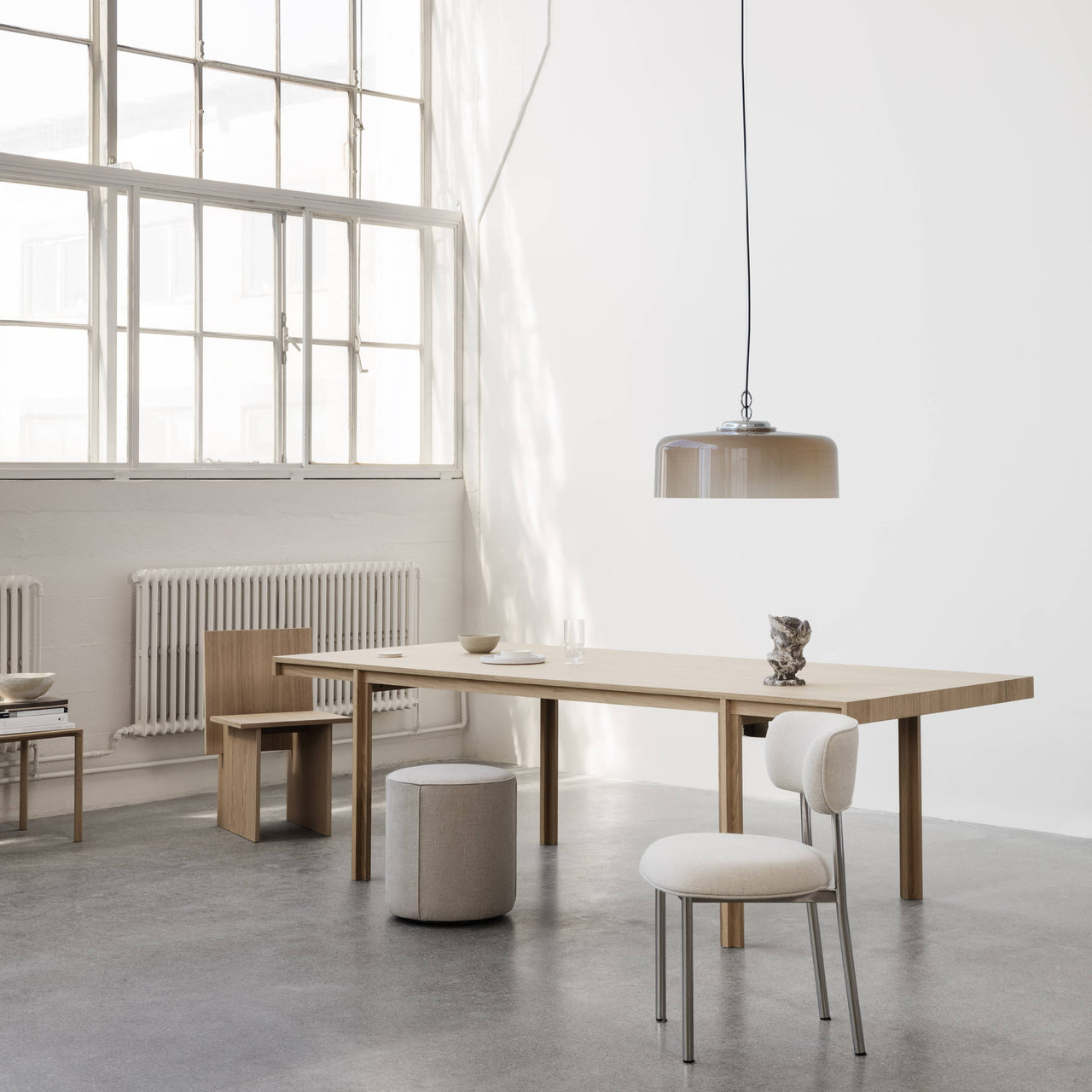
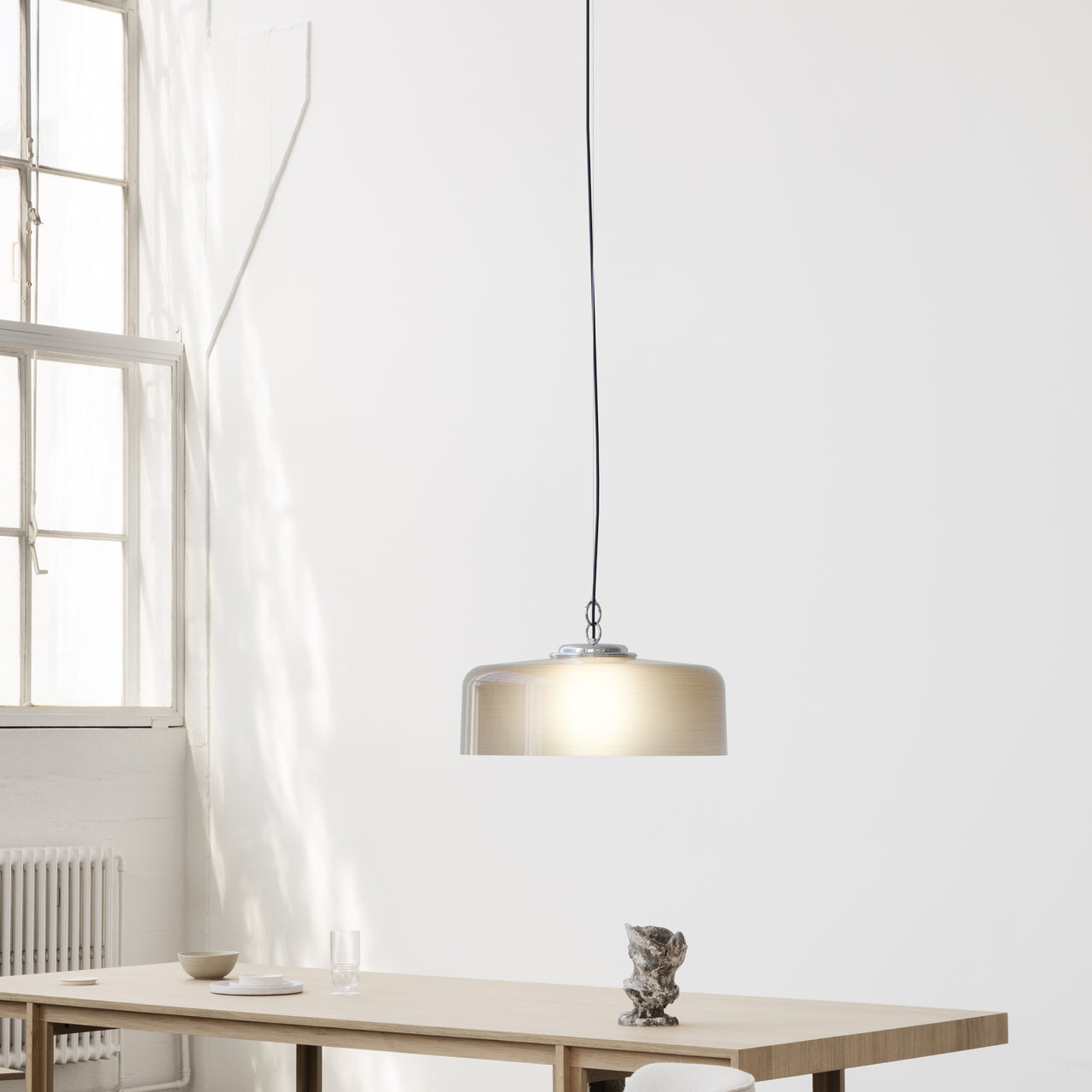
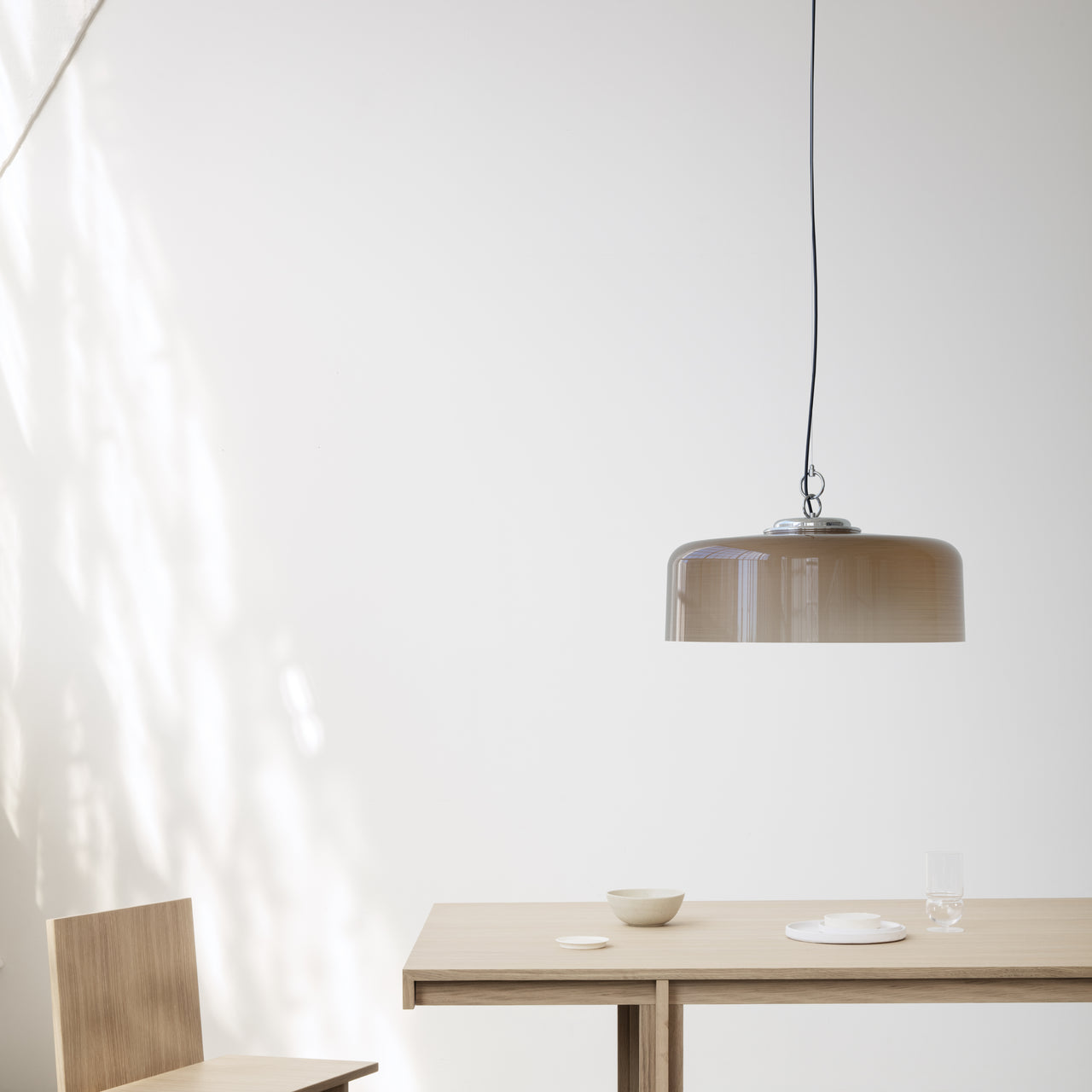
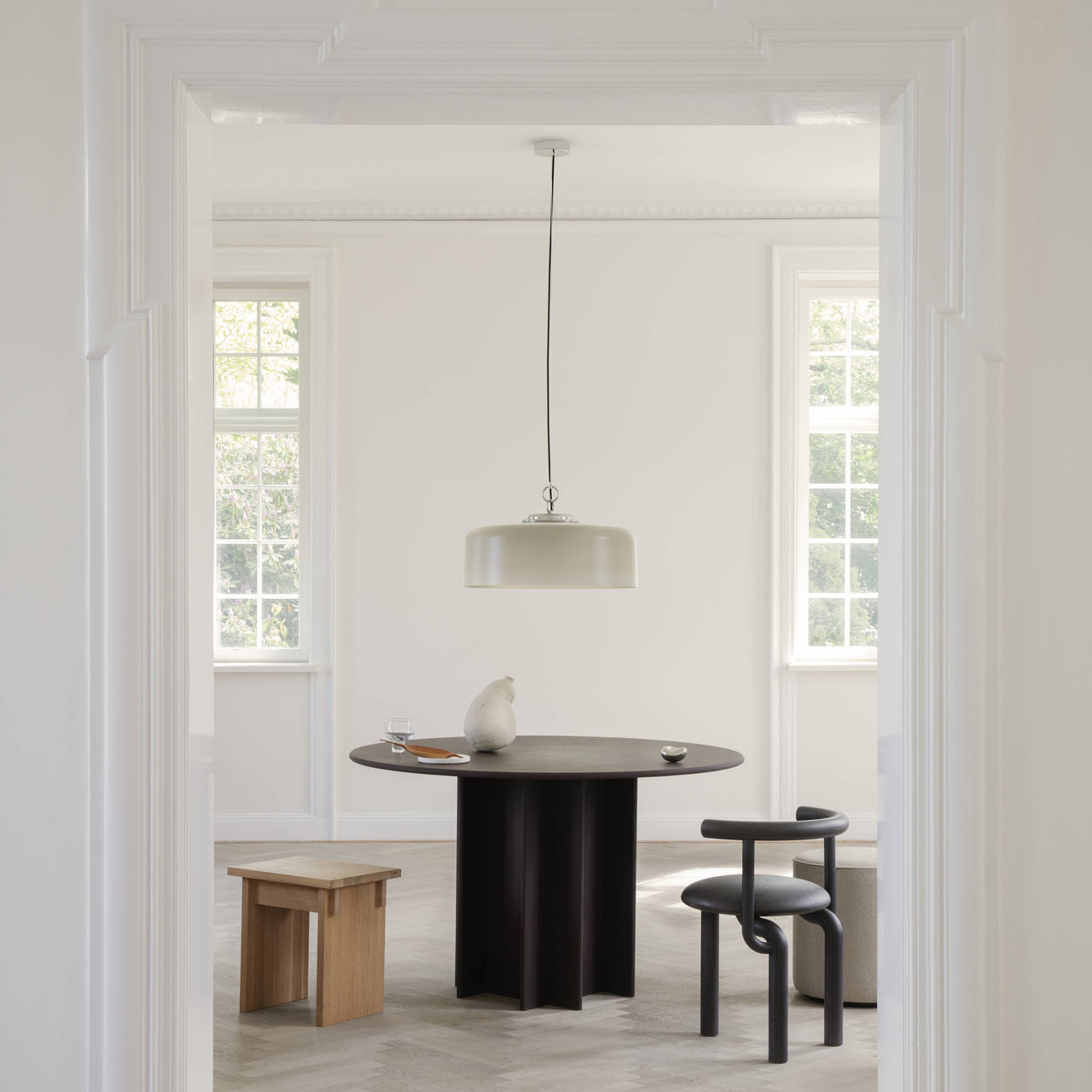
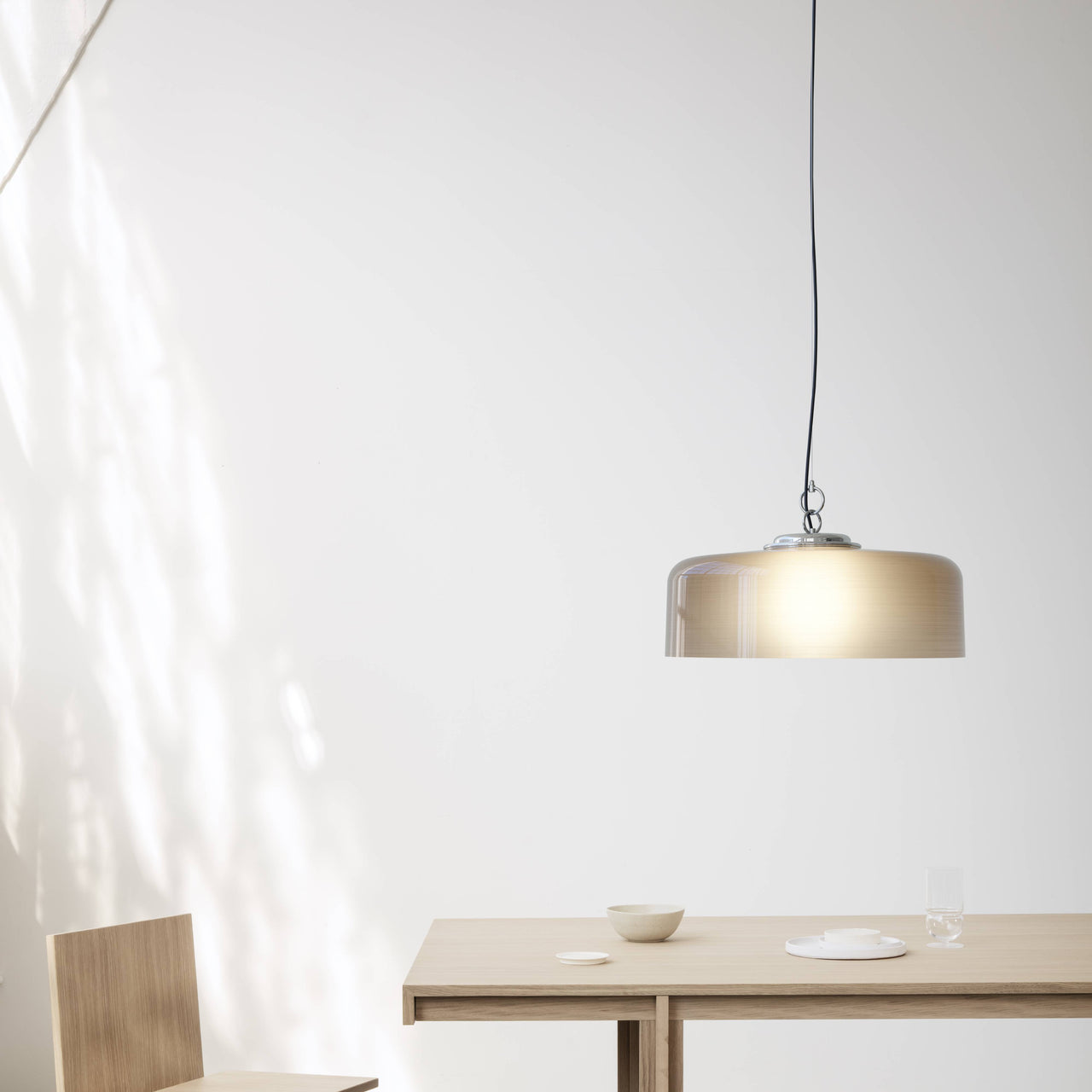
Astep × Franco Albini & Franca Helg
Model 2050 Suspension Lamp
$2,290
$2,290
SKU: ASTP-T12-S21-W00N
$2,290
SKU: ASTP-T12-S21-W00W
Description
In 1963, designers Franco Albini and Franca Helg came up with a suspension lamp that introduced a then-new type of plastic for the elegantly crafted shade. With the re-edition of this memorable fixture, Astep takes innovation one step further with Green Cast, an Italian-made acrylic that is 100% recycled and recyclable while featuring the identical look of the original light. With its brushed finish, it filters the LED illumination from the inner opal glass diffuser for a fully dimmable ambiance.
Specifications
Size
- 11.7" h x 23.2" dia (29.6x59cm)
- Shade: 23.2" dia (59cm)
- Cable length: 118.1" (300cm)
Material
Opaline glass, methacrylate, steel
Technical
- Contact us for UL details
- E27
- Color temperature: 2700K
Brand
Astep
Astep founder Alessandro Sarfatti is as close to design royalty as one can get. In 1939, his grandfather Gino Sarfatti founded the legendary Italian firm Arteluce, which introduced a notable sense of style to the lighting field. In turn, in 1978, his father Riccardo Sarfatti and his mother Sandra Severi, along with architect Paolo Rizzatto, followed up with Luceplan, exploring new lighting technology and working with specialized craftsmen. Both companies turned out a number of Italian modernist design classics, but Alessandro decided to form Astep in Denmark, telling Domus magazine, “All my roots are in Italy; my friends and my network are here. So, the company has this Scandinavia-Italy spin.”
Alessandro prizes both innovation and the high points of the past, developing new lighting products while retaining the best of the best. His company debuted with reworked versions of the Model 2065 style from his grandfather and the VV Cinquanta series from designer and family friend Vittoriano Viganò. Given today's digital-leaning world, Alessandro says Astep aspires to extend the forward-thinking outlook of his forbears and embrace the quality of life that new technologies offer. “Admiration for the past is a good thing,” he adds, “but, most of all, we want to offer something new.”
